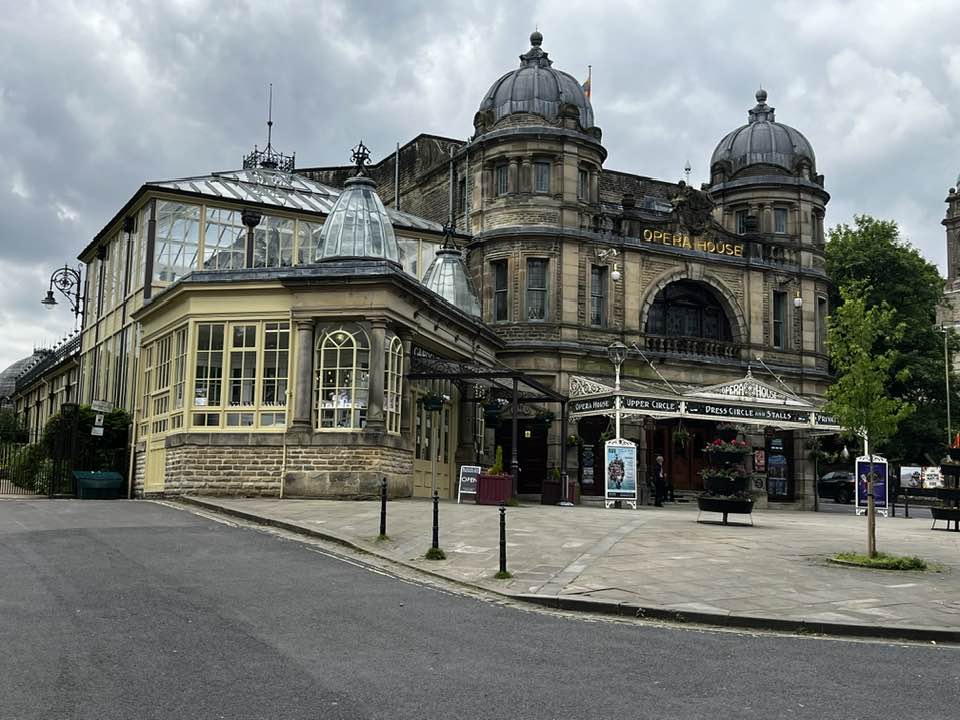
Buxton Opera House tour
It took an hour on the train from Manchester to Buxton, but our visit this week was to the Opera House for a back stage tour.
The Buxton Opera House was built in 1903 and designed by Frank Matcham, who designed the London Palladium, the London Coliseum and many other theatres throughout the UK.
In 1979, the building was restored, and an orchestra pit was added to the original Matcham design. Since then, the Opera House has been a full-time venue for stage productions, presenting approximately 450 performances per year, including opera, dance, musical theatre, pantomime, comedy, drama, children’s shows and concerts. The current capacity is 901 seats.
The theatre is staffed by a small full-time technical crew for all the backstage work, setting up all the shows and artists that appear. Volunteers from the local community are also employed for front-of-house duties including bar work and as ushers.
Photos can be seen here.

Remembering Alan Turing
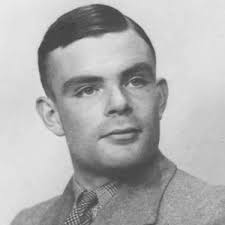
Alan Turing was a war hero, a giant of computer science, and a gay man who simply wanted to be able to live freely.
History should remember Turing – who took his own life 70 years ago on 7 June 1954 – as the innovative mathematician and code breaker who played a pivotal role in ending the Second World War, and laid the foundations for personal computing and artificial intelligence.
“Alan Turing was an outstanding mathematician whose work has had an enormous impact on how we live today,” Mark Carney, then governor of the Bank of England, said while announcing a new £50 note bearing the scientist’s likeness in July 2019.
“Turing is a giant on whose shoulders so many now stand.”
It is impossible to speak of Turing’s achievements and legacy without also mentioning the brutal, institutionalised homophobia that saw him persecuted as a gay man and ultimately cut his life short.
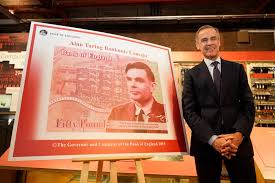
Who was Alan Turing?
Born 23 June 1912, Alan Turing was a uniquely gifted thinker. Educated at Cambridge, he delivered a paper just two years after graduation which presented the idea of his “Turing machine”, a predecessor to the modern computer.
He spent the next few years studying for a PhD at Princeton University, after which he returned to Cambridge and joined the Government Code and Cypher School (GCCS) – a code-breaking squad.
During the Second World War, Turing worked at the famous Bletchley Park where he helped to crack the Enigma code use by the German navy to transmit secret communications. It has been said that without the efforts of Turing and his colleagues, the war might have continued for two to four years longer. Each year the war raged on claimed the lives of about seven million.
After the war ended, Turing continued to work on computing innovation. In 1950, he proposed the “Turing test” to determine whether a computer was artificially intelligent. Seven decades on, it remains an important concept in AI.
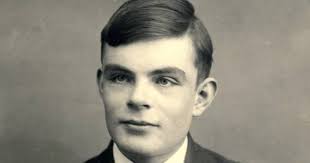
What did Alan Turing do and why is he an LGBT+ icon?
But it was around this time that Alan Turing’s life took a turn, as a gay man alive at a time when homosexuality was a crime. In January 1952, he called police after a home break-in and was forced to admit that he’d had a sexual relationship with the robber, 19-year-old Arnold Murray.
Despite being a war hero, Turning was arrested and admitted to “acts of gross indecency”. He was given a choice between prison or probation on the condition he undergo cruel chemical castration – hormonal treatment to eliminate his libido, and therefore any sexual urges. He chose the latter.
His conviction meant that his security clearance at GCHQ – the post-war successor to GCCS – was revoked, and he was banned from entering the US, ending his career as he knew it – though he was able to continue his academic work.
Around this time, Turing wrote to a friend, confiding: “I have had a dream indicating rather clearly that I am on the way to being hetero, though I don’t accept it with much enthusiasm, either awake or in the dreams.”
How did he die?
On 7 June 1954, aged 41, Alan Turing died by suicide. Some 13 years later, in 1967, came the partial decriminalisation of homosexuality in England and Wales.
It wasn’t until 2009 that the government apologised for the treatment Turing received as a gay man by the British state.
Then-prime minister Gordon Brown described his ordeal as “horrifying” and “utterly unfair”. “We’re sorry, you deserved so much better,” he wrote in a statement.
“This recognition of Alan’s status as one of Britain’s most famous victims of homophobia is another step towards equality and long overdue.
But even more than that, Alan deserves recognition for his contribution to humankind … It is thanks to men and women who were totally committed to fighting fascism, people like Alan Turing, that the horrors of the Holocaust and of total war are part of Europe’s history and not Europe’s present.
So on behalf of the British government, and all those who live freely thanks to Alan’s work I am very proud to say: we’re sorry, you deserved so much better.”
In 2014, Turing was granted a posthumous royal pardon, and in 2017 a law was passed in his name allowing thousands of men convicted of historical gay sex offences to apply for a formal pardon.
At the time it was passed 15,000 gay men were said to be eligible for a pardon, while another 50,000 who had died had their convictions deleted.
However, by September 2019 fewer than 200 living people had successfully received pardons.
Sixty years after his death, Turing’s life was dramatised in the Oscar-winning 2014 biopic The Imitation Game, which starred Benedict Cumberbatch as the late LGBT+ icon.

Trans-lating the Story of Fanny and Stella
The Victorian-era trial of Fanny and Stella has been variously interpreted over the years. But what if it was a trans narrative all along?
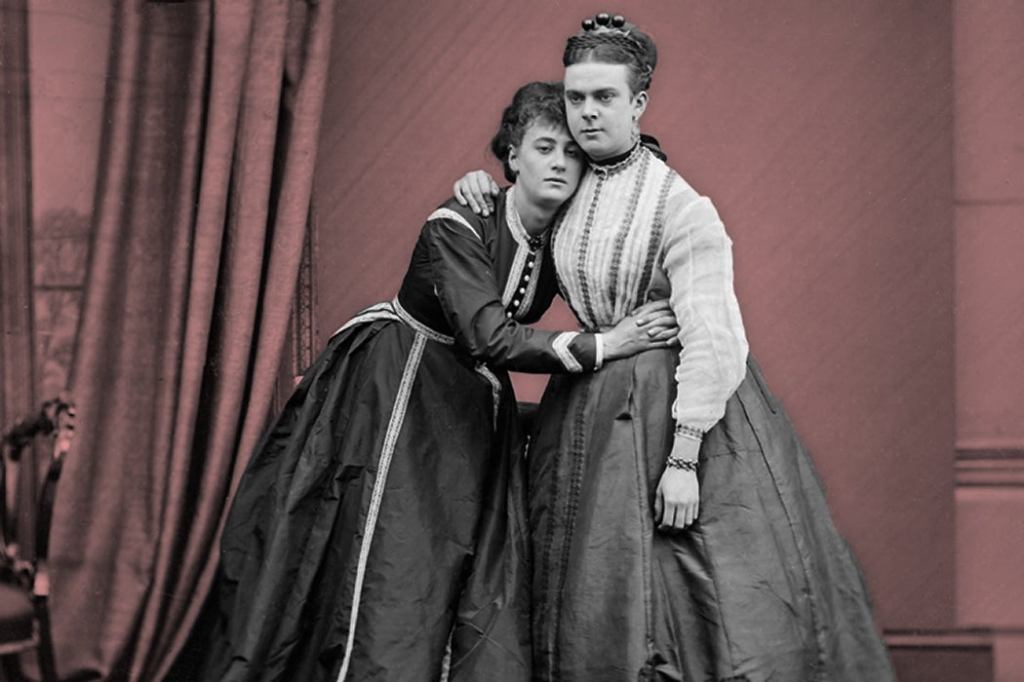
Fanny and Stella were arrested for using the women’s bathroom in a theatre. At the police station, they were stripped and invasively examined by an official gender-decider: anatomically, they were defined as men. A felony charge of solicitation to commit sodomy was added to the initial misdemeanour of disturbing the peace. During the sensational trial that followed, at least one newspaper used feminine pronouns for the accused. And at that trial, the mother of one of the defendants testified that her child had presented as female since the age of six.
The jury convicted Fanny and Stella on the misdemeanour charge, which the defendants agreed to as a kind of plea bargain in return for promising to be on good behaviour for two years. The jury found the pair innocent of the much more serious felony charge, for which one could be sentenced to life with hard labour. (Why, the defence asked, would supposed homosexual male prostitutes be working the women’s bathroom?)
“This qualified victory for transgender rights,” as scholar Simon Joyce describes it, took place in London between 1870 and 1871. A Victorianist, Joyce writes that “public discussions of bathroom use or the correct gender pronouns to use in legal cases” are not as new as we may think.
The Victorians are often seen as the quintessential guardians of rigid gender / sexual boundaries. Their definitions of masculinity and femininity were strictly policed, with women in the private sphere, men in the public, and interactions between them highly codified. But reality was certainly messier than the theory. The era, like every era, had its gender nonconformists.
The bathroom panic over Fanny Park and Stella Boulton has been variously interpreted. The accused, named Frederick Park and Thomas Boulton at birth, are called the “young men who shocked Victorian England” in a 2014 book. One of them is the titular subject of a 2016 play. Over the years they have been characterised as actors, drag performers, prostitutes and cross-dressers. They’ve become homosexual icons and pioneers, especially in relation to a legal system that would be much less tolerant of Oscar Wilde two decades later.
In fact, Joyce argues,
the story of Fanny and Stella makes more sense – both in its own historical terms and now – when read as a trans narrative … Fanny and Stella’s story is studded with moments of recognition and also with aspects that are barely comprehensible today, and … those points of incommensurability with current thinking are just as valuable in helping us understand transgender people as having a history, albeit one that is sometimes fractured and non-linear.
Fanny and Stella did act in women’s roles on stage and did alternate dressing off-stage in both men’s and women’s clothes. The police, it turned out, had had them under surveillance a year before their arrest in April 1870 at the Strand Theatre. Stella sometimes identified herself as Lady Arthur Clinton, wife of a Member of Parliament. (Lord Arthur died upon receiving his subpoena to appear in the case; scarlet fever was cited, but rumours of suicide persisted, as did rumours that he wasn’t dead at all but had fled the country.)
During the trial, both supporters and detractors were in states of gender confusion. Friends and enemies alike got tied in knots over pronouns. An enemy expressing what Joyce calls “transphobic rage” testified that “I kissed him, she or it.” The handwritten trial transcripts show a flurry of edits. Reference to female clothing by witnesses seems to have led the stenographers, who were presumably in court and could see the prisoners in typical masculine clothing, to correct and then re-correct themselves.
“Trans” is, of course, a relatively new term. The sort of negotiations across the gender boundary that we find in the lives of Fanny and Stella show that individuals have affirmed their gender identity throughout history, regardless of the then-current terminology and the classifications such terminology represent. They have done this in the context not only of public and legal hostility but also of surprising sympathies.



I can recommend that you read this fascinating book about Fanny and Stella. It really brings their late Victorian / Edwardian world alive.
LikeLike